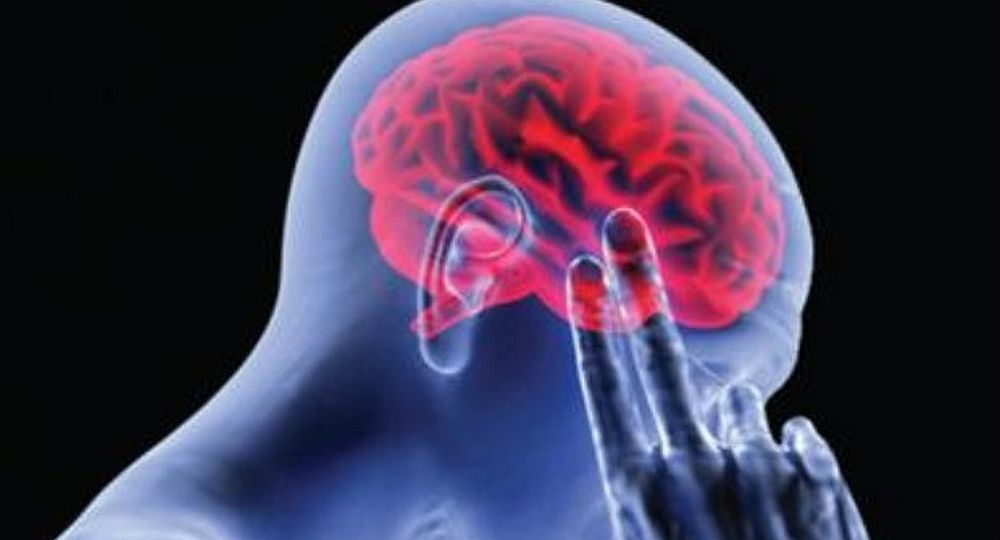Fear is such a complex phenomenon that it is hard to pin down. I feel that the best definition will be found in our ancestors. For our species, since the beginning of time, fear has been an emergency system that prepares us to respond to undesirable events. It conditions us to react, either by fleeing or attacking. In these cases, our body deactivates non-essential functions and prioritizes those that increase the chances of overcoming the situation that has upset us.
afraid
Pixabay
Fear paralyzes her and when we are invaded by fatalistic visions, it is much more difficult to activate ourselves. These are the defense mechanisms that prevent us from moving, they lock us in the den from which we dare not leave, because we think that outside everything will be much worse.
Here is a list of some of the effects fear has on your behavior:
- Irritability / aggressiveness.
- Seclusion / inhibition.
- Laughing or crying out of control.
- Attitudes discordant with the personality.
- Isolation.
- Excessive shyness.
- Babbles / Repetitions.
blocked
All of these are elements that will affect our ability to solve problems, which again will sink us further into fear.
Of all these manifestations there is one that prevails, which can be considered as the root of a good part of the problems of the people: the blockade to make decisions.
Making a decision and executing it are key actions, be it to make a proposal to the director or to launch a product on the market. Fear affects our ability to process information and causes us to postpone the execution of what we must do. One of the ways this happens is by sending mixed signals.
Because, The first trap that fear sets for us is indecision.
Leave for later
Analyzing excessively leads us to procrastinate. Fear moves the strings of that puppet; But if we analyze a little we will discover that this emphasis on details can be a mechanism to take refuge in a condition in which we believe we are safe: the one to do nothing.
Something to note is that some fears are learned or acquired from other individuals. Certain monkeys learn to fear harmless things when they watch videos (edited by the researchers) of other monkeys expressing terror. The same happened to us: we can be infected with fear by the effect of what others around us feel or by observing habits in our parents, for example. This characteristic has allowed dictators and populists to mobilize the masses against minorities and certain groups.
So, the effects of fear in the psychological realm are as serious as the physical ones, and the worst thing is that, in the end, they bring with them the evils of both worlds, but we can make changes in our thinking and in the organ itself. Neuroplasticity is known as the ability of the nervous system to adapt its functioning to changes in the environment; They are adjustments that the brain experiences both physically and operatively, such as reorganizing perceptual and even cognitive processes.
Hypertension, linked to stroke and other brain damage

Although this is a concept that is more than 100 years old, it was only proven in the second half of the century when more sophisticated equipment was developed, allowing people who have suffered brain injuries to be studied.
Why does this happen? Well, if the brain has the capacity to rehabilitate itself when it has suffered injuries, there is no reason why we cannot improve our ways of thinking. Phrases like «I am like that», «I am not going to change», «I learned that in my childhood» they are the lairs in which fear takes refuge the few times we want to end it.
If there is a possibility of modifying our behavior patterns, just as we change habits. If we can trace new learning paths.
Nobody said it would be easy, but we can only do it when we are convinced that it is possible. The more we practice certain behaviors, the easier it will be to create new practices. Plasticity occurs even when we do not know, that is, each time we act we are modifying how the brain operates, if we take refuge in evasive behaviors, we increase the probability that we will continue to do so.
I want you to know that we are addicted to comfort. Yes, as you hear it. Comfort causes addiction and each time we consume what we become addicted to, we sink further. Not acting in the face of what we fear is a way of manifesting our addiction and every time we take refuge in fear we only deepen it.
Diaphragmatic breaths
This exercise is as simple as taking a breath. You have to find a place to sit comfortably or lie on your back with a pillow under your neck. If we choose the sitting way, it is easier and we can do it where we are.
- Put the left hand on the chest and the right on the abdomen.
- You are going to inhale and make sure that your hand on the abdomen moves, but that the one on your chest stays in the same place; in other words, the air flows directly to the diaphragm.
- Then you are going to exhale through your mouth, again ensuring that only your right hand is moving.
- When you’ve learned these movements, choose a number of breaths — six is a reasonable maximum to begin with — and you begin cycling. For this example we will use four.
- You will inhale for a count of four, without moving your left hand.
- You will retain the air for that same period.
- You will exhale through your mouth on a count of four.
- You will hold your breath for the same amount of time before restarting.
- When fear or anxiety attack you, practice this breath as many times as necessary.
Why does this technique work? If we use the control of our body so that it acts just in the opposite way in which the mechanisms of fear command it, a signal of serenity is sent.
There are demonstrations that this simple breathing contributes to the management of stress and anxiety.
International lecturer, author of The Traps of Fear (South Leaves)
Source From: Ambito




